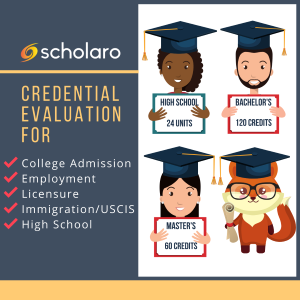Immigration to the United States is popular for a number of reasons, including educational advancement, economic advancement and in general the search for a different life. In 2006, the US Census Bureau’s Population Clock hit 300 million, which makes the US the third most populated country, following China and India. In 2006, the United States allowed more legal immigrants to seek permanent residence than any other county in the world, combined. In 2008, a record of more than 1,046,500 immigrants became US citizens, with the majority of people immigrating from Mexico, India and the Philippines.
In a July 2010 report, the Organisation for Economic Co-operation and Development projects that 2009 migration fell more than 6 percent, as noted in 2008, when compared to the prior years’ statistics. OECD’s recent data suggests that as the global financial climate worsened and continued its presence, immigrants were hit hard by loss of jobs, with young immigrants experiencing greater declines in employment. When compared to previous years, international migration rates fell in 2008, resulting in approximately 4.4 million less immigrants.
Since America’s 911 crisis, immigration laws have been more sternly practiced and the laws make it increasingly difficult to obtain a US Visa. One way for immigrants to come to the United States is through an educational Visa. Academic students and their immediate families can come to the United States to study and may qualify for F Visas. M Visas are available for vocational students and their immediate families to stay for a limited amount of time while they study. Academic Visa requirements vary, depending on the stay requirements, enrollment in academic institutions and length of academic programs. Another Visa alternative is to apply for a J Visa for exchange students or an International Cultural Exchange Visitors Visa (Q Visa).
The best way to immigrate to the United States to attend college is to apply for admission to US colleges. Not only can you apply and be accepted to US colleges and universities, in some cases you may also be eligible to apply for federal student aid. To be eligible for federal student aid you must be a US citizen or eligible noncitizen. Eligible noncitizens must meet the following criteria:
- US nationals (includes natives of American Samoa or Swains Island)
- US permanent resident who has an I-151, I-551C (Permanent Resident Card)
- Hold an I-94 Arrival-Departure Record from U.S. citizenship and Immigration Services showing one of the following designations:
- Refugee
- Asylum Granted
- Cuban-Haitian Entrant, Status Pending
- Conditional Entrant prior to 1980
- Victims of human trafficking, T-visa
- Parolee with specific eligibility requirements
A common mis-perception: You are not eligible for federal student aid if you only have a Notice of Approval to Apply for Permanent Residence (I-171 or I-464) or if you are in the United States on certain visas, including an F! or F@ student visa, or a J1 or J2 exchange visitor visa.
Additional information regarding eligibility for student aid is available at studentaid.ed.gov.
The availability to financial aid for international students is limited and highly competitive. Prospective students need to consider that that cost of attending college includes, tuition, room and board, books, student fees and other material costs. There are a number of colleges that make funds available to international students. A list of colleges that offer financial aid and support to international students is available on the OACAS website (www.oacac.com/links.htm) and the Edupass website (www.edupass.org/finaid/undergraduate.phtml).
Most frequently, colleges and universities or scholarship programs in the student’s country of origin is the best resource for international student aid. Many educational institutions have exchange programs with sister facilities that are offered at a reduced rate for students. There are also a number of organizations that promote international education and exchange programs. A limited number of private scholarships are also available for students who want to study abroad, these can be more difficult to locate. Students should be resourceful, when searching for private scholarships and funding opportunities. Students may be able to locate generous sponsors within their own communities or home countries, who want to see students bring the benefits of their knowledge back to their community.

